So, you’ve decided on your next trip. Chiang Mai is calling your name, but now comes the big question: When’s the perfect time to go?
If Bangkok is Thailand’s beating heart, then Chiang Mai is its soul. It’s the kind of place where one moment you’re sipping iced coffee in a trendy cafe, and the next, you’re wandering through a centuries-old temple where saffron-robed monks pass quietly by. At night, the streets come alive with lantern-lit markets, live music, and the hum of travelers swapping stories over bowls of khao soi.
If you are planning a trip to Chiang Mai, knowing the best time to visit, the festival season, and the weather is essential. This guide will help you make your Chiang Mai trip easier.
Understanding Chiang Mai’s Climate & Geography

Month-by-Month Weather Breakdown
| Season | Months | Temp (°C) | Rainfall | Sunshine | Highlights & Tips |
|---|---|---|---|---|---|
| Cool & Dry | Nov–Feb | 15–28 | Minimal | 8–9 hrs | Best for sightseeing; Yi Peng & New Year events. Peak crowds & prices. |
| Hot | Mar–May | 25–36 | Low | 8–9 hrs | Very hot; plan early/late outings. Burning season risk. Songkran in April. |
| Rainy | Jun–Oct | 23–30 | Frequent PM | 4–6 hrs | Lush scenery, waterfalls, fewer tourists & lower costs. Morning outdoor activities. |
Chiang Mai’s Signature Festivals & Events
Chiang Mai’s seasons aren’t just about weather-they’re tied to some of the most magical festivals you’ll ever experience. Plan your trip around one of these, and you’ll see the city in full celebration mode.
1. Yi Peng & Loy Krathong Lantern Festival
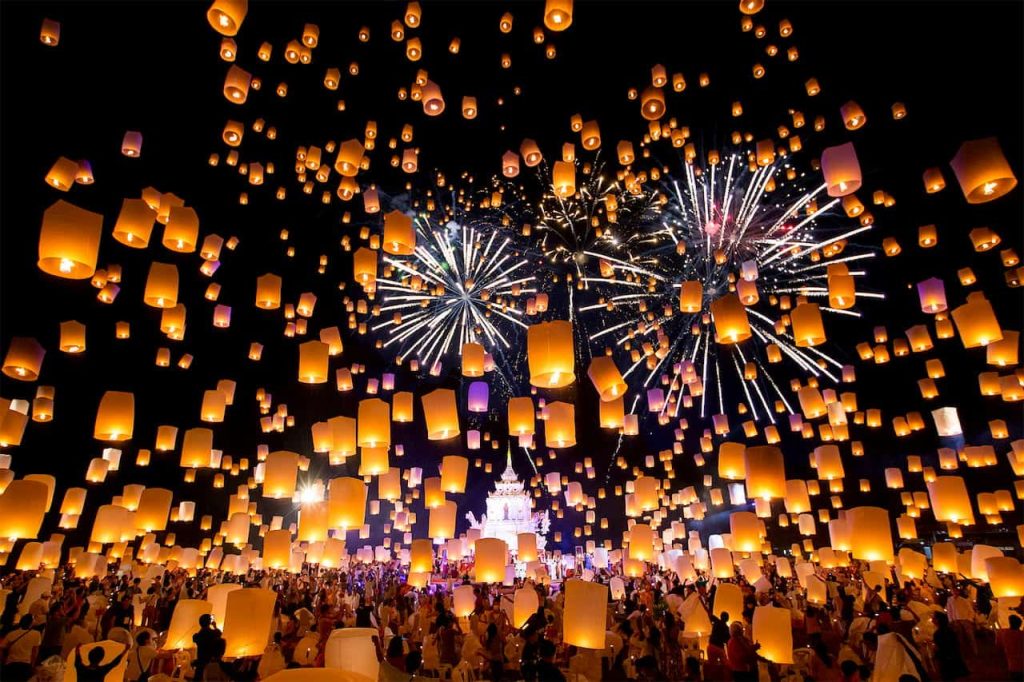
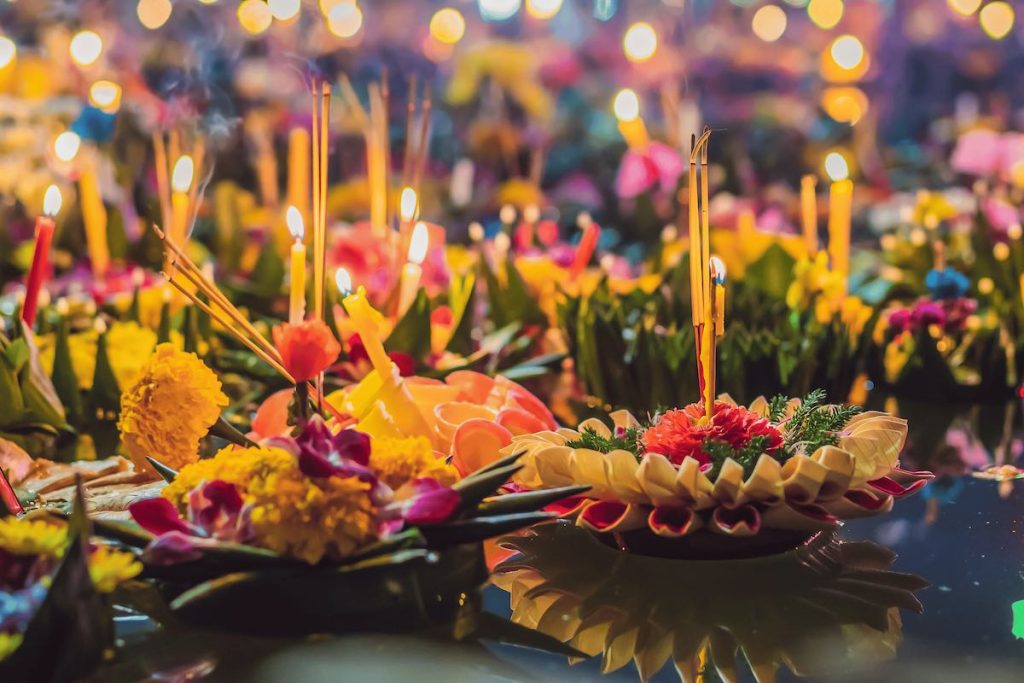
These festivals are about making merit, releasing misfortune, and welcoming good luck. For locals, it’s a deeply spiritual time; for visitors, it’s pure magic. If there’s one event that will stay with you forever, it’s this. During Yi Peng and Loy Krathong, thousands of glowing paper lanterns float into the night sky while candlelit offerings drift down the Ping River. This festival of light and luck happens in November, aligning with the full moon of the 12th lunar month in the Thai calendar.
Best Viewing Spots
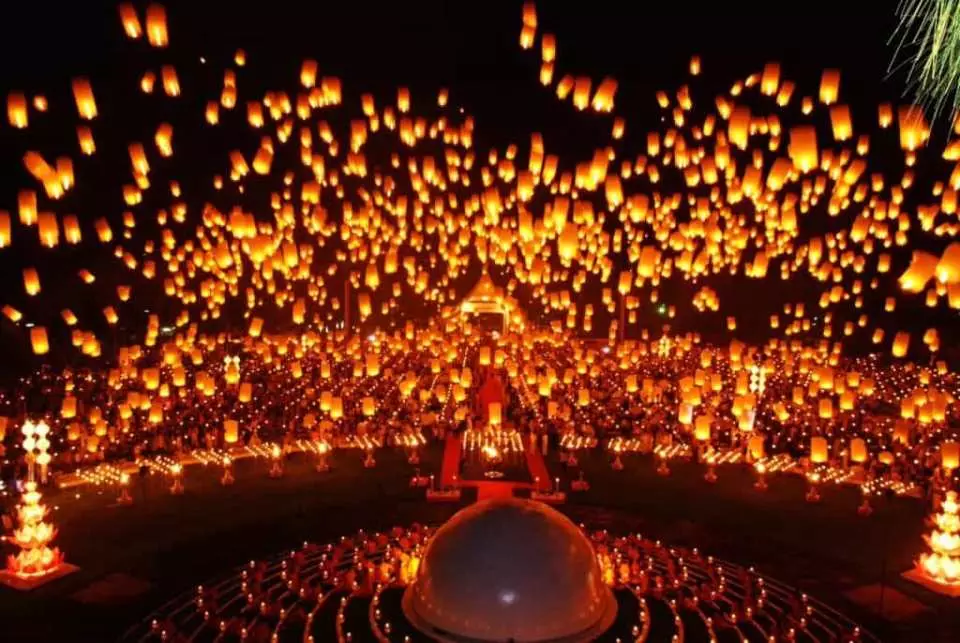
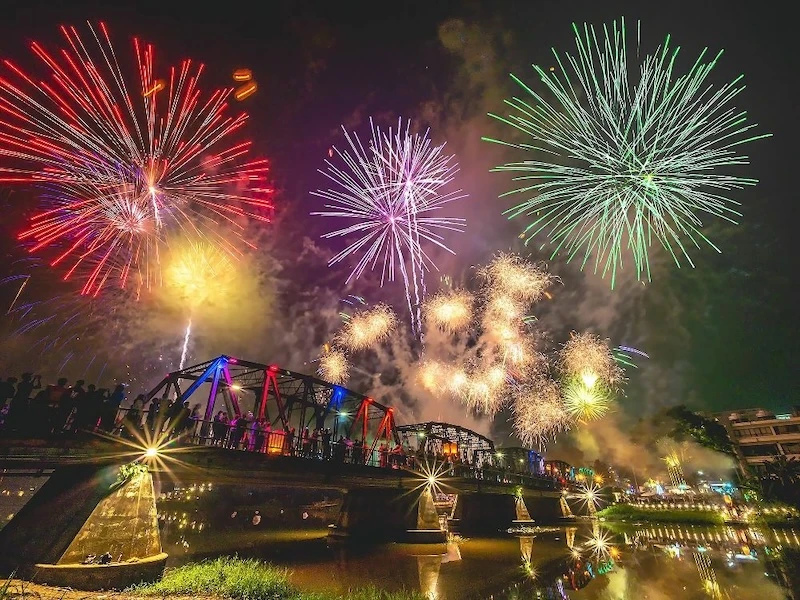
- Tha Phae Gate – Lantern launches and parades.
- Nawarat Bridge – Great for river views.
- Mae Jo University – Famous mass-lantern release (ticketed).
2. Songkran

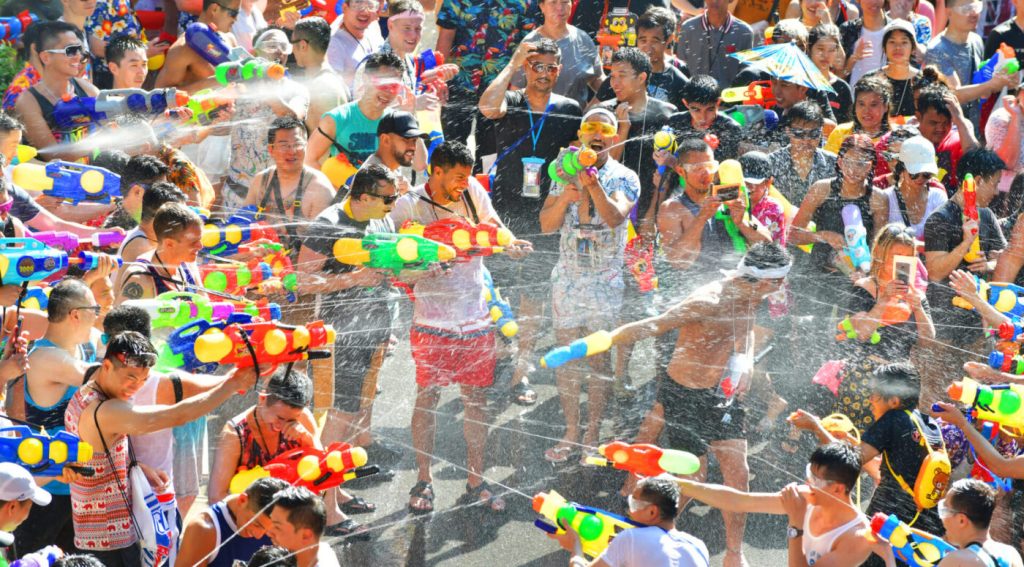
What if you get a chance to travel back to your childhood? Sounds impossible, right? But there’s Songkran, it will make it possible. Songkran is one of the festivals that will make you forget everything you know about New Year’s celebrations. Songkran is one giant water fight that takes over the whole city. Streets turn into splash zones, music blares, and strangers drench you with buckets of water. You can expect three days of parades, traditional blessings at temples, and non-stop water battles. It takes place every year in mid-April-usually from April 13 to 15. Have fun in these three days like never before, laugh out loud and go back to your childhood, and make new friends.
Essential Tips
- Wear quick-dry clothes and waterproof your phone.
- Respect no splash zones like inside temples.
- Start early before the afternoon chaos kicks in.
3. Flower Festival

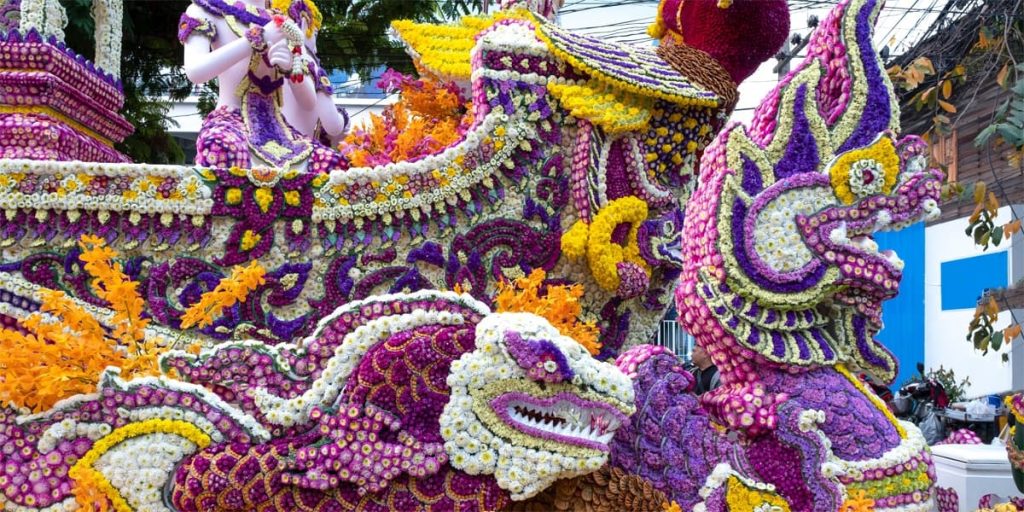
When Chiang Mai blooms, it blooms big. The Flower Festival transforms the city into a moving garden with elaborate floral floats, dancers in traditional dress, and streets lined with fresh blooms. Flower Festival is held every year in early February, typically over the first weekend of February, when the city’s blooms are at their peak.
People from all over the world travel to Chiang Mai near the end of the cold season to experience the natural beauty and creations. If you are considering coming to Chiang Mai during the winter months, the Flower Festival is a great excuse for a visit.
Parade Route of Flower Festival
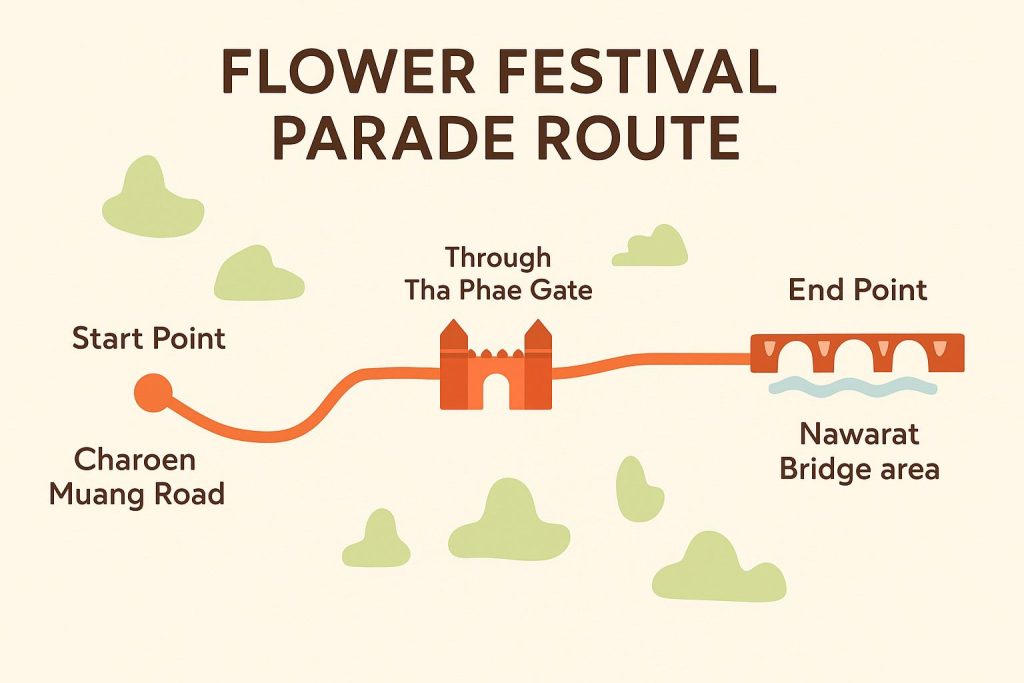
What Are Chiang Mai’s Weekly & Seasonal Celebrations?
- Inthakin City Pillar Festival
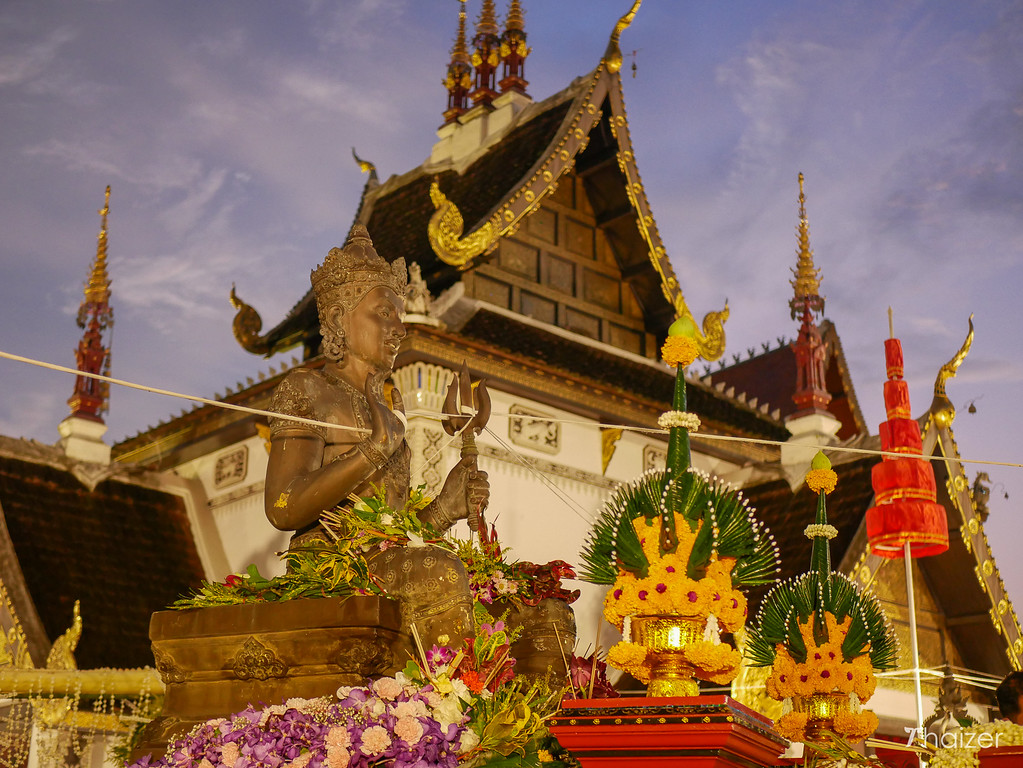
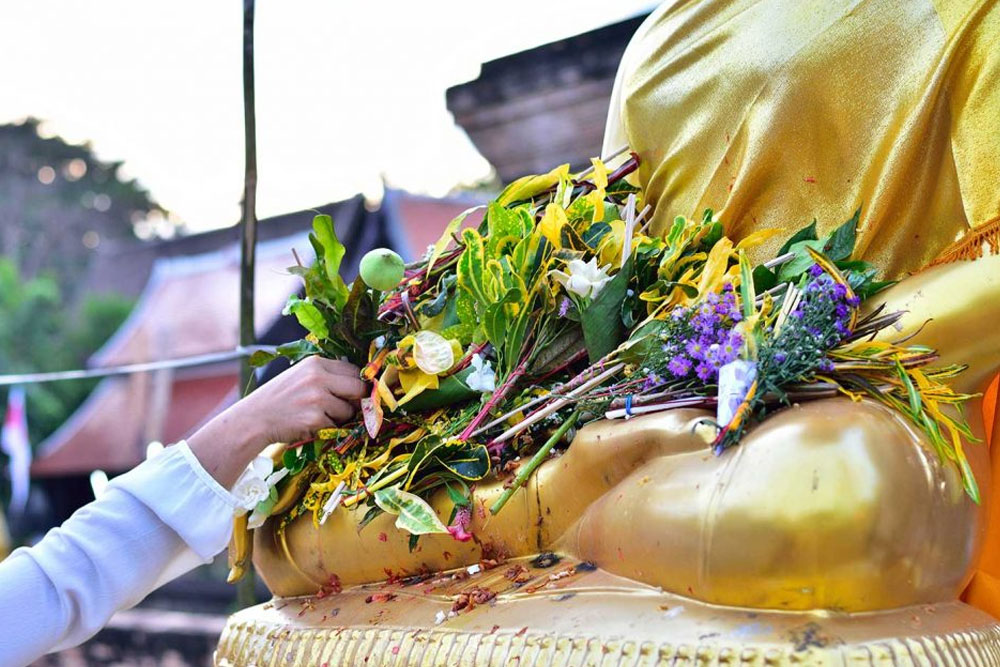
It is a spiritual side of Chiang Mai, more than a festival. Inthakin City Pillar Festival is when locals gather at Wat Chedi Luang to honor the city’s spiritual guardian, a sacred pillar believed to protect and bless Chiang Mai. For an entire week, the temple grounds glow with candlelight. You’ll see monks chanting, families making merit, and children running about in their best clothes. To learn more about the spiritual and faithful side of Chiang Mai, the Inthakin City Pillar Festival happens in late May or early June, is the best option for you.
- Chiang Mai Jazz Festival

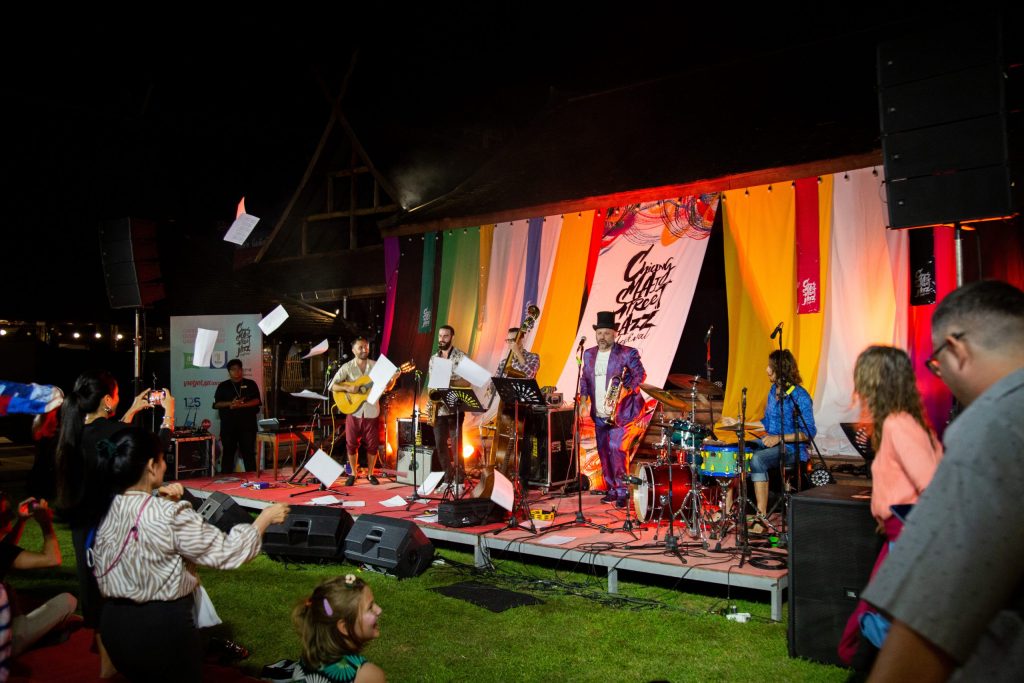
If you’re a music lover and curious to learn more about the jazz genre, then Chiang Mai hosts a music festival tailored to you every year. The Chiang Mai Jazz Festival is typically held between January and February, when the weather is ideal for outdoor music. The festival draws talented musicians from around the world, and you can wander from one stage to another. It is the perfect excuse to slow down and soak up Chiang Mai’s creative side.
- Sunday Walking Street Market
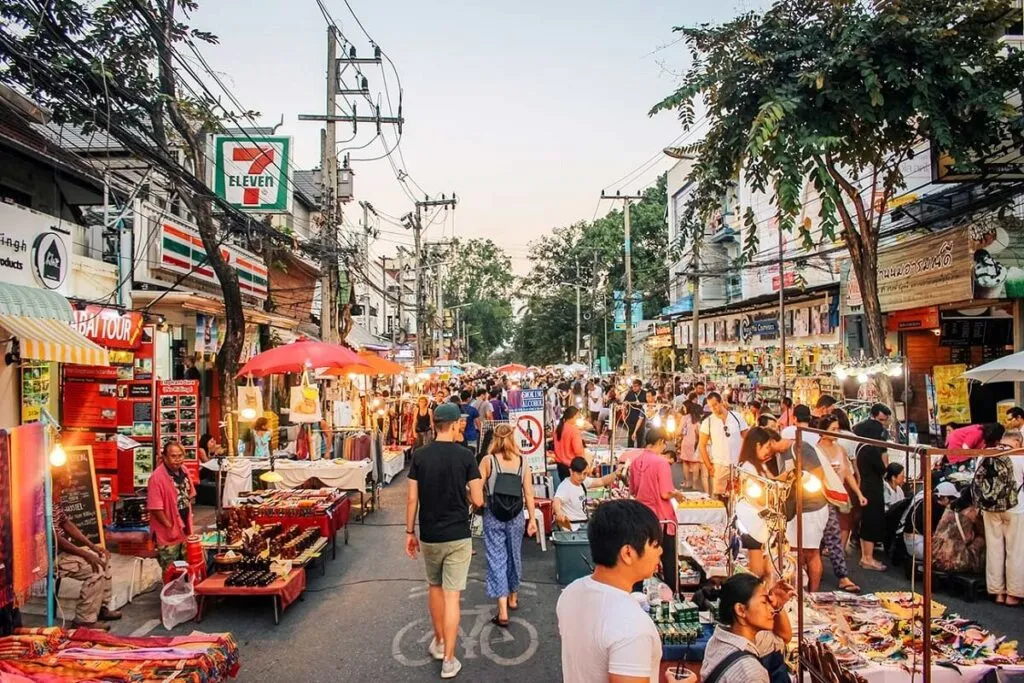
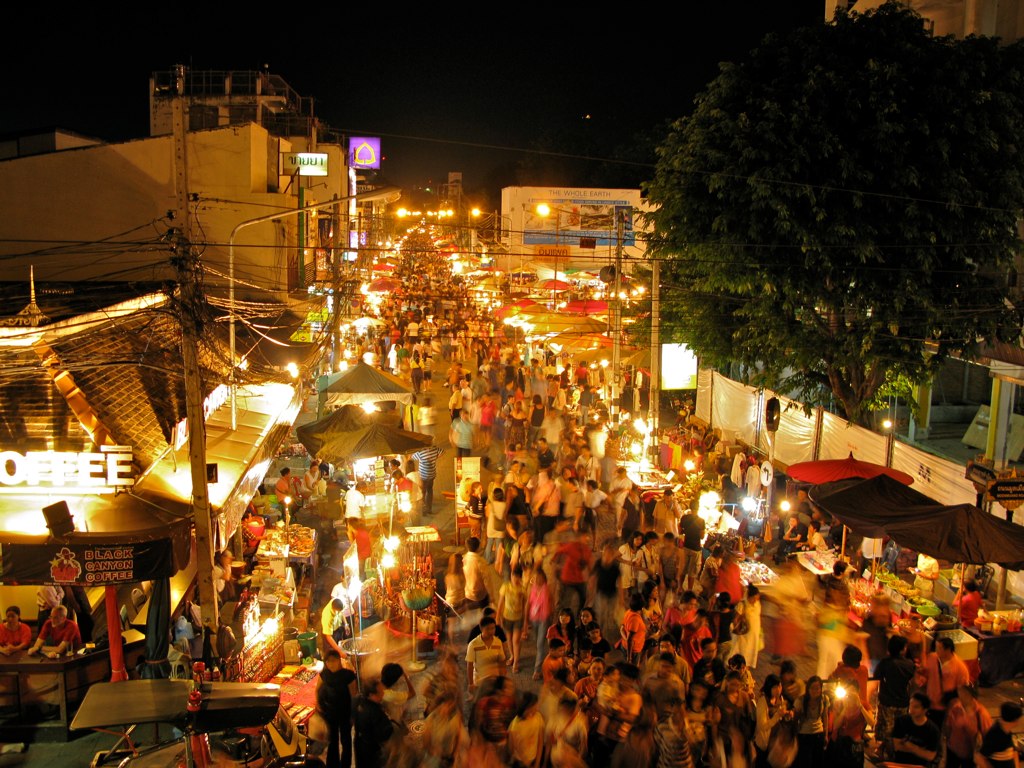
Indulge in Chiang Mai’s creativity, flavors, and friendly chaos every Sunday. Sunday Walking Street Market is a place where you can chat and buy handmade products from Chiang Mai. To learn more about the everyday life and buzz of Chiang Mai folks, visiting the Sunday Walking Street Market is the perfect option for you.
Best Time to Visit Based on Travel Style
| Travel Style | Best Time to Visit | Why It’s Ideal |
| Sightseeing & Outdoor Adventures | Nov – Feb | Cool, dry weather is perfect for exploring temples, hiking in the mountains, and strolling through markets without the heat. |
| Cultural Immersion | Match trip with Yi Peng (Nov), Flower Festival (Feb), or Songkran (Apr) | Experience Chiang Mai’s most iconic festivals, vibrant traditions, and community celebrations. |
| Budget Travelers | Jun – Oct (Rainy Season) | Lower accommodation rates, fewer tourists, and lush green scenery with rain mostly in short afternoon bursts. |
| Digital Nomads | Shoulder months (Oct–Nov & Feb–Mar) | Pleasant weather, fewer crowds, and no burning-season haze-perfect for long, productive stays. |
Seasonal Travel Tips
What to Pack
- Cool Season (Nov–Feb): Light jackets, scarves, and layers, perfect for chilly mornings and outdoor evening strolls.
- Hot Season (Mar–May): Breathable fabrics like cotton or linen, plus a hat, sunglasses, and sunscreen to beat the heat.
- Rainy Season (Jun–Oct): Quick-dry clothes, waterproof shoes, and an umbrella or poncho for sudden downpours.
Health & Safety
- During the burning season, carry a mask and check air-quality apps.
- Stay hydrated, use SPF, and avoid long midday exposure in summer.
Photography & Landscape
- Golden season light (Nov–Feb) for soft, dreamy shots.
- Rainy season lushness for vibrant, green, and dramatic scenery.
Booking & Planning Advice and Local Insights
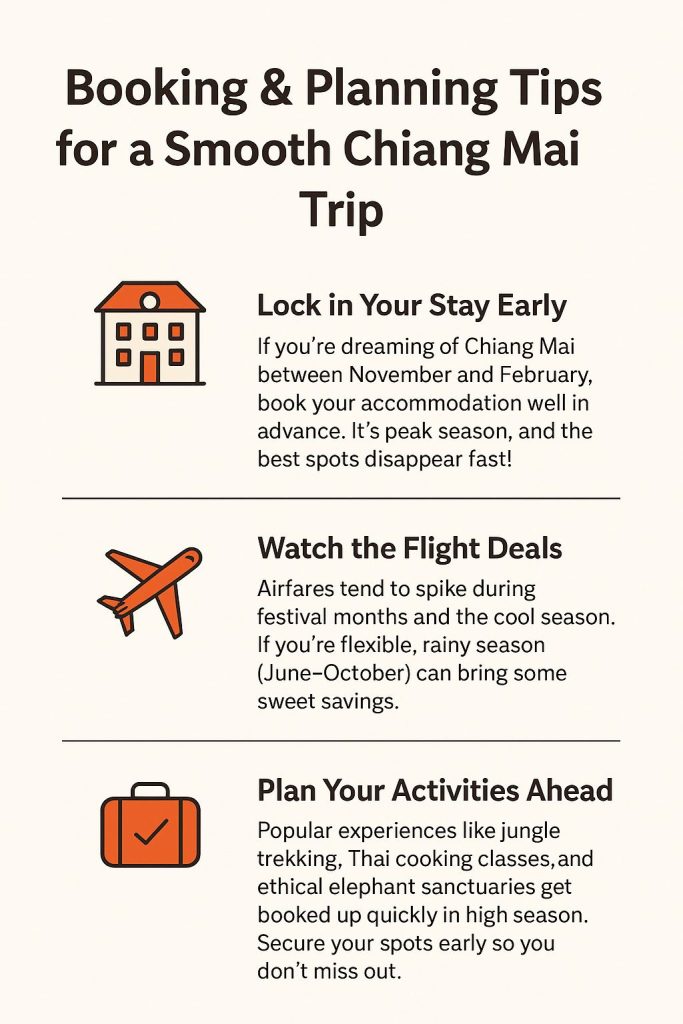

The Right Time, The Right Chiang Mai
If you’re chasing cool mountain breezes, vibrant summer markets, or the lush green charm of the rainy season, Chiang Mai offers something magical year-round. The best time for you depends on your priorities-from November’s crisp air to April’s festive water fights. For an unforgettable trip, try to align your visit with one of the city’s iconic festivals like Yi Peng or Songkran, and you’ll not just see Chiang Mai, you’ll truly experience it. What’s the wait? Book your tickets with Thrillark and make it worth it.
If you want to extend your trip and add more fun to your Chiang Mai wishlist, then you must have a clear picture of the extra activities to do in Chiang Mai, visit things to do in Chiang Mai, and extend your stay with us!
FAQs
Q1: What’s the best month to visit Chiang Mai?
If you love cool, breezy weather and outdoor adventures, visit between November and February. For cultural immersion, time your trip around the Yi Peng Lantern Festival or Songkran.
Q2: Is Chiang Mai expensive for travelers?
Not at all! Chiang Mai is one of the most budget-friendly destinations in Thailand. You can enjoy street food for under $2 and find quality stays from $15 a night.
Q3: How many days do I need in Chiang Mai?
Ideally 4–5 days. This gives you time to explore temples, markets, nearby mountains, and even take a cooking class or day trip to Chiang Rai.
Q4: Can I get around without renting a car?
Absolutely! Songthaews (red shared taxis), Grab (ride-hailing), bicycles, and scooters are the most popular and budget-friendly ways to get around.
Q5: What should I pack for Chiang Mai?
Light clothes for the day, a light jacket for cool evenings (Nov–Feb), comfortable shoes for walking, and a rain poncho if visiting in the rainy season.
Q6: Is Chiang Mai safe for solo travelers?
Yes, it’s generally safe and welcoming, even for solo travelers. Just follow common travel precautions like avoiding poorly lit areas late at night.
Q7: Any must-try local dishes?
Definitely! Don’t miss Khao Soi (creamy curry noodles), Sai Oua (herbal sausage), and mango sticky rice in summer.


